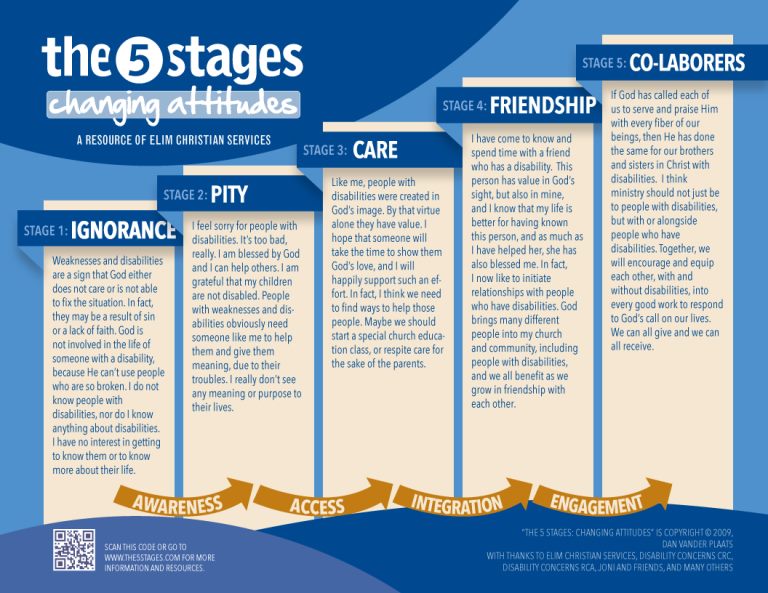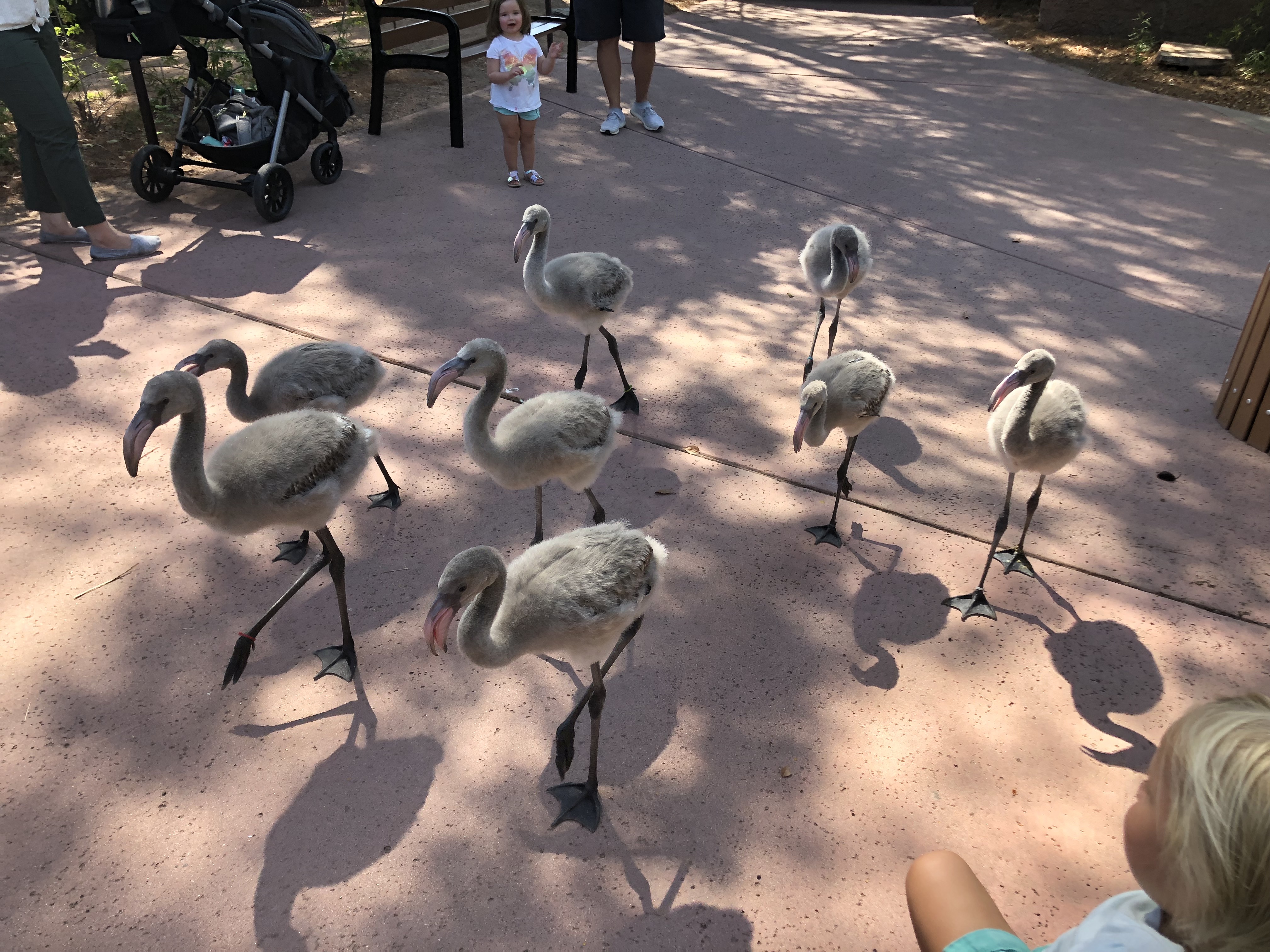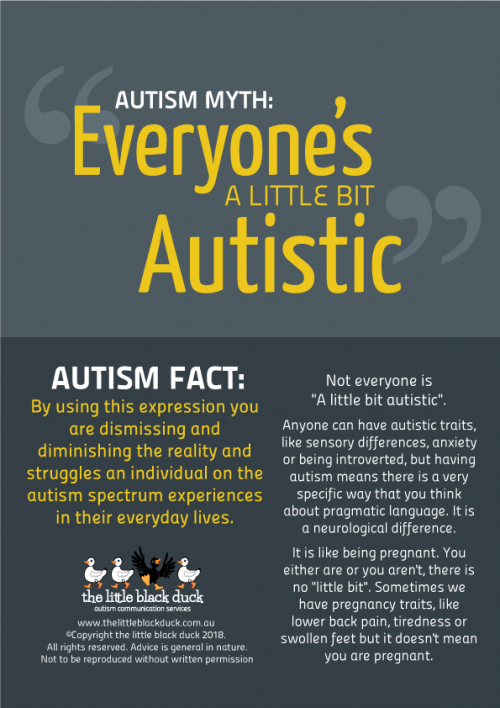Shortly after things closed down for the pandemic back in March, I was biking on the stationary bike in the garage (since I was no longer biking to commute to work, since I was now working from home) when I started feeling very lightheaded, shaky, and queasy. It was similar to, though more severe than, the times I’ve had low blood sugar events, so I decided to eat something and rest; I don’t think the eating helped very much, but the rest certainly did.
I would have written this off as dehydration, not eating enough, biking at too high of an intensity, or so on if it hadn’t initiated chronic lightheadedness, dizziness, and fatigue. On good days, I would get a rush of lightheadedness when standing up; on bad days I would have lightheadedness just from sitting upright, reading aloud, or singing, and fatigue from just walking around the house interacting with the kids. But I could always just argue that it was one or two bad days, and that it isn’t that abnormal to get dizzy when standing up. Maybe it was just the hot weather arriving and I needed to drink more water… but I didn’t seem dehydrated otherwise.
My family finally convinced me to see a doctor after this had continued for just over a month, and because my EKG at the primary care office had an abnormality (and all my lab work was normal), I ended up seeing a cardiologist who ran a variety of tests and diagnosed me with Postural Orthostatic Tachycardia Syndrome (POTS for short).
I’d never heard of it before, so I’m guessing most of you probably haven’t either. Here’s how it works (in abbreviated terms!). Normally, when a person stands, the brain triggers the autonomic nervous system to constrict blood vessels in the lower part of their body to help blood return to the heart, and at the same time tells the heart to beat faster to help pump that blood against gravity up to the brain. In POTS, the heart beats faster like it should, but the something goes wrong with the autonomic nervous system and the blood vessels don’t constrict the way they should. The brain, not getting the oxygen it expects, continues to send out ever more frantic messages to the heart and the nerves – and so the heart ends up beating faster and faster since the nerves aren’t responding.
What does that look like for me? Well, on a good day, my heart rate will go from mid 70s when sitting to 100-110 when standing, and stay that high even after the initial rush of lightheadedness passes. On a bad day, it will go up into the 150s just from standing. It makes standing very tiring… cooking a meal for the kids or washing dishes after a meal can be one of the hardest parts of the day because of the time spent just standing in the process. Interestingly, walking can be easier to handle than standing, because the movement of the leg muscles helps push the blood back to the heart despite the lack of assistance from the ANS. In addition to the tachycardia, which is the primary symptom that defines the syndrome, I may have chest pain, lightheadedness, dizziness, fatigue, headaches, nausea, body aches, tingling arms and/or legs, and feelings of clumsiness and/or muscle weakness.
Unfortunately, medicine hasn’t yet determined the cause of POTS or a reliable treatment for it. The primary recommendations are to wear compression socks/stockings (to help push the blood back up), exercise (to strengthen the skeletal muscle that can help push the blood back up), and drinking tons of water and eating lots of salt (to avoid dehydration and also increase overall blood volume). There are also a lot of medications that can be prescribed off-label that help some people, but while my cardiologist prescribed one for me he didn’t realize it was contraindicated by other aspects of my medical history so for now I’m trying to manage with the home remedies.
So, the last few months I’ve been mentally processing this during my free time, instead of spending my extra energy thinking and creating and writing for the blog. It doesn’t help that the amount of extra energy I have has been depleted both by the POTS itself as well as by trying to learn a new dance of pushing toward growth without triggering a crash. In a way, it’s similar to the balancing act of living with autism in a neurotypical world, but with a new set of triggers and symptoms (as well as some overlaps; bad POTS days definitely make me more sensitive to sensory input). But I think I’m finally ready to emerge from this hibernation! I’ll probably write a few more articles about POTS, as this is really just a brief introduction, but I also have so many amazing hikes to tell you about from this summer, and so much learning to share as the kids have started our homeschool program for the year. Thanks for still being here to share this little corner of the Internet with me 🙂




 While they asked us to stay about 6 feet behind the flamingos during the walk itself (or stay motionless off to the side), as the flamingos can be distracted easily, we got to be very close to them during the huddle at the end. Aubade even got to spray some water on their feet to help them cool down!
While they asked us to stay about 6 feet behind the flamingos during the walk itself (or stay motionless off to the side), as the flamingos can be distracted easily, we got to be very close to them during the huddle at the end. Aubade even got to spray some water on their feet to help them cool down!






























